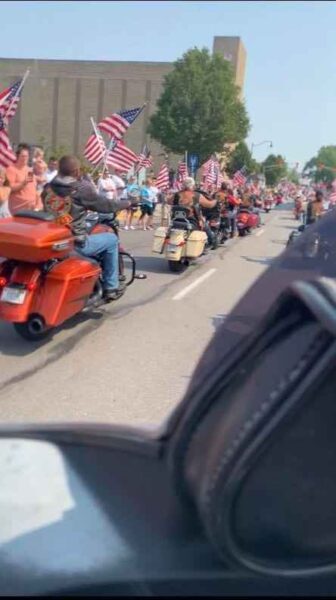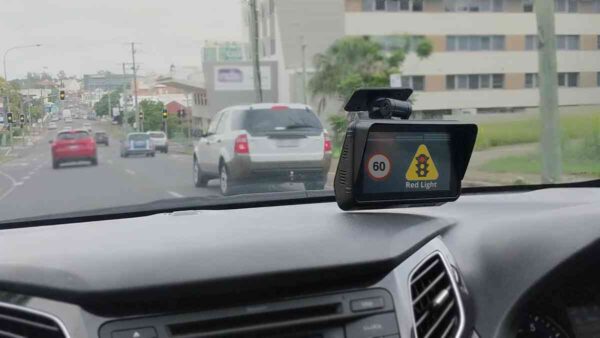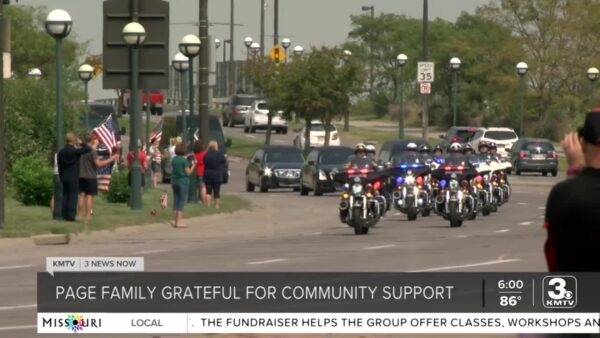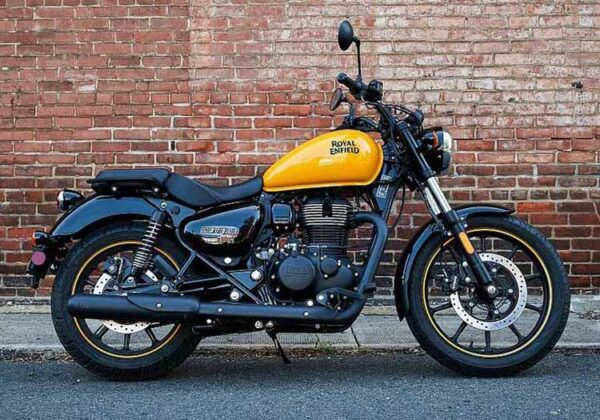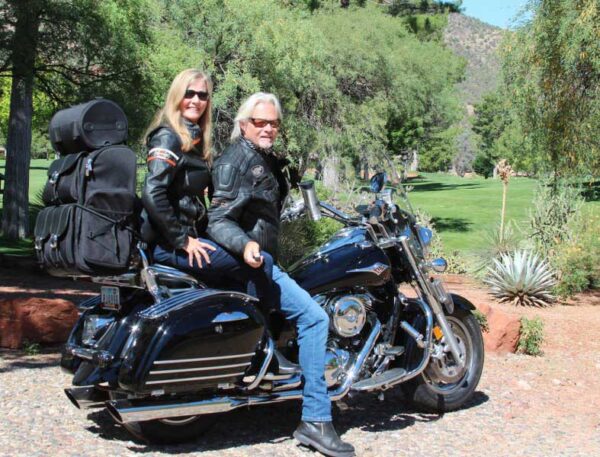5 Best Motorcycle Routes to See Fall
One of the best parts about owning a motorcycle is having a front-row view to all things nature. There’s nothing standing in between you and all the colors of the natural world. Fall is one of the best times to go cruising through the wilderness. Leaf peepers are known for chasing bright yellows, reds, and oranges all over the country as autumn sets in. Chances are there’s a great leaf-oriented stretch of road near you. Get Your Bike Ready for the Trip Before you head out on your trip, make sure you have everything you need to explore the open road. Some of these routes can be quite remote, so you need to have a plan in case things take a turn for the worst. Above all else, use helmet communication to keep in touch with your loved ones on your trip, especially if you stray far from home. You should be able to call for help or check your GPS without taking your eyes off the road. You drove all this way to look at the leaves, after all. Looking down at your phone can be a recipe for disaster. You also need to keep your hands on the handlebars at all times to stay in control. Use a Bluetooth motorcycle helmet to use your electronic devices hands-free for more peace of mind behind the wheel. Find a Bluetooth motorcycle helmet with speakers that produces clear audio. You need to balance the sound of your music, call, or GPS with the sounds of the road in case another driver needs to get your attention. Your phone may not be there to rescue if you get lost or get into a wreck. Consider bringing along paper maps of your destination and a backup communication system, such as two-way radio, in […]
5 Best Motorcycle Routes to See Fall Read More »



